When we are healthy, our body needs a variety of nutrients, which we take in through a varied and healthy diet every day. In the presence of oncological disease and treatment with chemotherapy (HT) and/or radiation therapy (RT), the body uses more energy than usual. Therefore, it is very important to keep the body strong to bear the side effects of the treatment. Sometimes this turns out to be quite a challenge. It is recommended to make an individual diet with a nutritionist.
HT is aimed at killing cancer cells. It also damages healthy cells. This leads to side effects, some of which are related to the digestive system and nutrition:
- loss of appetite;
- nausea, vomiting;
- change in taste and smell;
- dry mouth;
- inflammation of the mucous membrane of the mouth;
- diarrhea or constipation;
- swallowing problems;
- weight gain or loss.
After surgery (in some oncological diseases), a delay in digestion is observed.
There are 5 main food groups that are important for good health:
1. Fruit and vegetables: they are a good source of vitamins and minerals. However, with loss of appetite, they should be replaced with higher-energy foods;
2. Meat and fish, legumes (beans, lentils, nuts): they are a good source of protein needed for tissue growth, muscle strength and wound healing. They contain vitamins and minerals and some fats;
3. Milk and dairy products: contain proteins, fats, vitamins and minerals. When losing weight, choose products saturated with fatty acids;
4. Foods containing fat: they are a good source of energy and calories;
5. Bread, other cereals and potatoes.
During and after treatment, there are good days and bad days, but as mentioned earlier, it is important to keep the body strong. Therefore, do not refuse help from relatives and friends when you are not feeling well. Follow some basic nutrition principles:
- eat in small portions, 6-8 times a day;
- try not to skip a meal;
- emphasize on easy-to-digest foods, rich in protein and calories, high in energy, including all groups;
- dishes that require little preparation and are favorites (to improve appetite);
- cook healthy: by boiling, stewing, baking. Avoid frying and grilling;
- add nutritional drinks. Sometimes a nutritional drink is easier than eating;
- you can add broths, sauces, dressings, ready-made protein supplements to the food in order to strengthen the food;
- sucking on candy, frequent walks and light exercise sometimes help to increase appetite;
- water intake should be increased (8-12 glasses daily), so that the body can be cleansed of toxins. Keep a water bottle with you at all times. Ginger teas are healthy;
- do not drink liquids during meals. They are can be drunk 30 minutes before or after eating;
- the meat should be well cooked and the eggs should be hard-boiled, not runny. Avoid raw meat and fish;
- during chemotherapy and treatment the body becomes susceptible to all kinds of infections. Therefore, you need to be more careful with the foods that are consumed. Wash fruit and vegetables well under running water with a brush or sponge. They are soaked for about 30 minutes in water (maybe with lemon) to clean them of nitrates. Buy fruit and vegetables that are not wrapped in bags or foil, because they have a very high nitrate content. They must not be injured or have spots and mold. Labels and expiration dates are monitored!
Not every patient has eating problems. This depends on the type and dosage of the therapy, as well as on the emotional state, diabetes, cardiovascular diseases and a number of other side factors.
Important nutrients in chemotherapy
1. Antioxidants: they neutralize free radicals in the body. They are contained in fruit and vegetables.
2. Calcium: reduces the risk of osteoporosis and the development of colon cancer, prevents the formation of polyps on the mucous membranes. It is contained in dairy products, green leafy vegetables, salmon, sardines.
3. Vitamin D: supports cell replication and calcium absorption in the intestine. The daily intake for adults is 1000UI. It is contained in egg yolk, fatty fish.
4. Folic acid: helps build and repair the cell DNA wall. Not compatible with alcohol. It is contained in green leafy vegetables, legumes, citrus fruit, cereals.
5. Fibers: they support digestion and the absorption of various valuable substances for the body, but they can also help the absorption of carcinogens. Fibers that form a thin protective film containing pectin and vegetable gum are healthy - apples, carrots, oats, peas, barley, beans, citrus fruit, nuts.
6. Selenium: it potentiates the action of antioxidants. It is found in some nuts, grains, poultry.
7. Omega-3 fatty acids: reduce the risk of inflammation in the body. They are contained in fish, walnuts, flax, olive oil.
8. Lycopene: strong antioxidant, affects the reproduction of cancer cells. It is contained in red-pink fruit and vegetables - tomatoes, strawberries, guava, papaya, red grapes, watermelon.
9. Grape seed extract: A powerful antioxidant.
10. Resveratrol: found in the skins of red grapes, mulberries and peanuts, in red wine.
11. Vitamin E: important antioxidant: found in spinach, olive oil, almonds, olives, papaya, blueberries and sunflower seeds.
12. Vitamin C: supports cell growth and development. The daily intake reaches up to 1000 mg. It is found in many fruit and vegetables.
Foods, that do not irritate the stomach:
- soups: meat and vegetable broths;
- drinks: water, non-carbonated drinks, juices;
- main dishes: meat (chicken, beef, rabbit, turkey), dairy products (white cheese, yellow cheese, cottage cheese), eggs (hard-boiled), avocado, pasta, potatoes (peeled, boiled or stewed, mashed), vegetables, fish;
- desserts and snacks: bananas, custard, yogurt.
Foods poor in fiber (for diarrhea):
- main foods: skinless chicken and turkey meat, oats, millet, eggs, fish, potatoes, white bread, white rice;
- fruit and vegetables: thermally processed carrots, mushrooms, green beans;
- desserts and snacks: egg and gelatin creams, yogurt, foods containing graham.
Foods rich in fiber:
- fruit and vegetables: berries, apples, dried fruit, broccoli, cabbage, corn, green plants, peas, Jerusalem artichoke, etc.;
- staple foods: thermally processed legume foods, nut oils, bran products, sunflower and pumpkin seeds.
Foods that are easy to chew and swallow:
- baby foods, purees, creams, cream soups, smoothies, boiled foods, yogurt.
Sample recipes:
- for loss of appetite: banana milkshake (1 banana, 1 cup of milk, a few drops of vanilla);
- for constipation: plum or apple puree (1/3 cup of bran, 1/3 cup of applesauce or plum puree - 1-2 tbsp. before going to bed with 250 ml of water);
- for lactose intolerance: chocolate pudding (2 pieces of dark chocolate, 1 cup of soy or rice milk, 1 tbsp. corn starch, 1/4 cup unrefined brown sugar, vanilla);
- for inflammation of the mouth and throat: fruit and cream, mixed and cooled;
- for weight loss: concentrated protein milk, high protein shakes.
Often, patients suffer from lack of protein, leading to malnutrition and weight loss. Protein intake can be increased by including:
- cheeses: in sandwiches, soups, sauces, purees;
- milk: for soups and desserts;
- eggs: always well processed;
- nuts, seeds, sprouts: to salads and sauces;
- nut butters: for snacks, desserts, in shakes with fruit and vegetables;
- red meat, poultry and fish;
- legumes and tofu: to pasta, meat dishes, soups and purees.
Calorie intake can be increased by:
- full-fat milks: with cereals, when roasting meat, in shakes;
- white cheese;
- muesli;
- dried fruit;
- eggs.
Proper nutrition after chemotherapy is part of the treatment. It contributes to feeling better, to have strength and energy, to cope with the side effects of the treatment. It reduces the risk of infections and supports the recovery of the body. The "recipe" for proper nutrition is to eat a variety of foods with all the necessary nutrients.
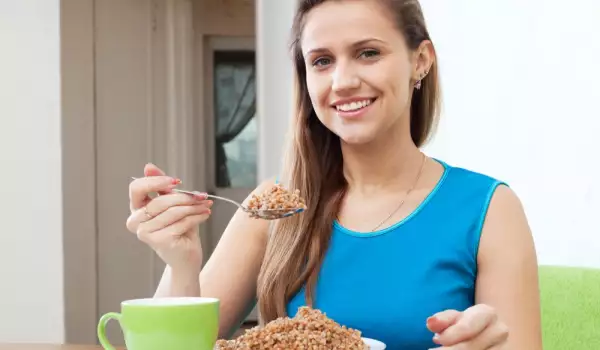

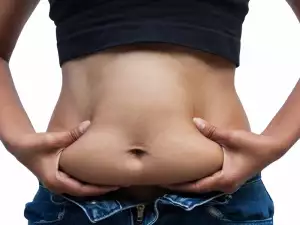

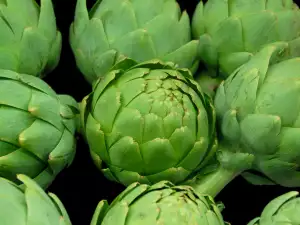




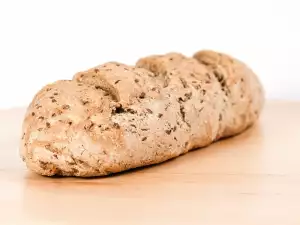


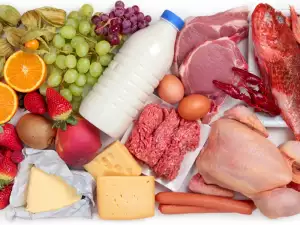
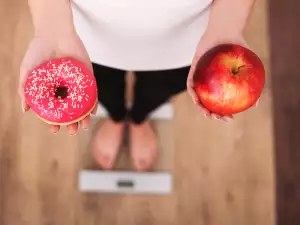
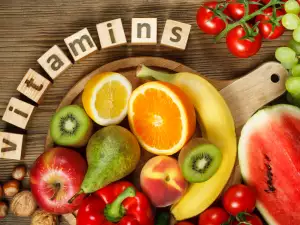





Comments